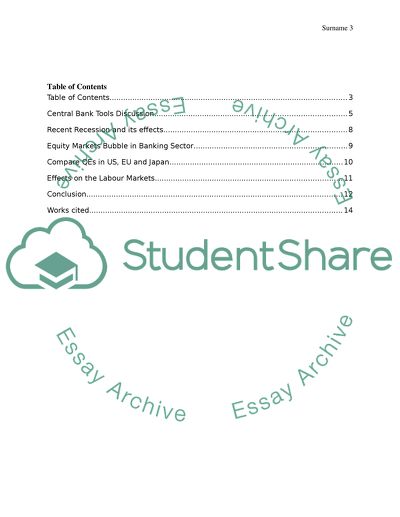Cite this document
(“The role of quantitative easing in distorting equity markets leading Research Paper”, n.d.)
The role of quantitative easing in distorting equity markets leading Research Paper. Retrieved from https://studentshare.org/finance-accounting/1482331-the-role-of-quantitative-easing-in-distorting
The role of quantitative easing in distorting equity markets leading Research Paper. Retrieved from https://studentshare.org/finance-accounting/1482331-the-role-of-quantitative-easing-in-distorting
(The Role of Quantitative Easing in Distorting Equity Markets Leading Research Paper)
The Role of Quantitative Easing in Distorting Equity Markets Leading Research Paper. https://studentshare.org/finance-accounting/1482331-the-role-of-quantitative-easing-in-distorting.
The Role of Quantitative Easing in Distorting Equity Markets Leading Research Paper. https://studentshare.org/finance-accounting/1482331-the-role-of-quantitative-easing-in-distorting.
“The Role of Quantitative Easing in Distorting Equity Markets Leading Research Paper”, n.d. https://studentshare.org/finance-accounting/1482331-the-role-of-quantitative-easing-in-distorting.


